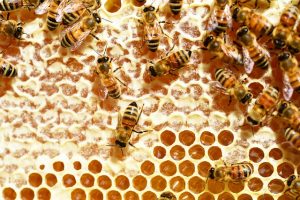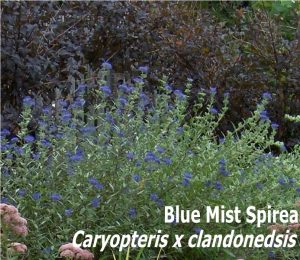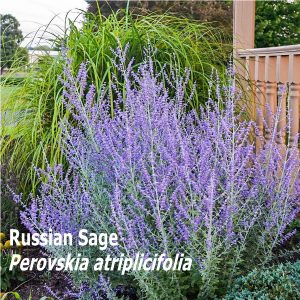I’m guessing that you think the best thing about honey bees is that we produce honey! We are, usually, happy to share some of our honey with our helpful beekeepers but honey is our winter supply and our primary source of carbohydrates. Nectar and carbohydrates give us energy and help us to create wax for building out our hexagonal honeycomb.

This is how honey is made. I’m a foraging worker bee, so I collect pollen, nectar, resin and water for my family. Nectar is the sweet liquid some plants produce within their flowers. It often smells sweet, too. I collect the nectar in my honey stomach. In my honey stomach, the nectar mixes with a little bit of some beneficial bacteria and enzymes. When I return to the hive, I transfer the nectar to one of my hive sisters for processing. The hive bees will then mix it with more of our special enzymes we produce in our salivary glands and then begin to evaporate the water content while the enzymes ferment the sugars. When I gather nectar, it is about 60% water. My sisters and half-sisters in the hive then work to reduce that to about 18% so that our honey is thick and syrupy.
We honey bees are very proud of our honey; besides being delicious it has some unique qualities. Because I have these special enzymes in my honey stomach, the honey we produce will never spoil regardless of how it is stored. It is the only food product that humans consume which is created by an insect. Honey can be good for your health, too! Local honey can help reduce the symptoms of hayfever, it contains an anti-inflammatory agent, and honey even contains some antioxidants.
Right now, I’m really busy collecting nectar; we are trying to build up our winter stores. I’m really loving Blue Mist Spirea, Russian Sage, Asters, and Autumn Sedum.

Beatrice mentioned that she really likes these plants:







